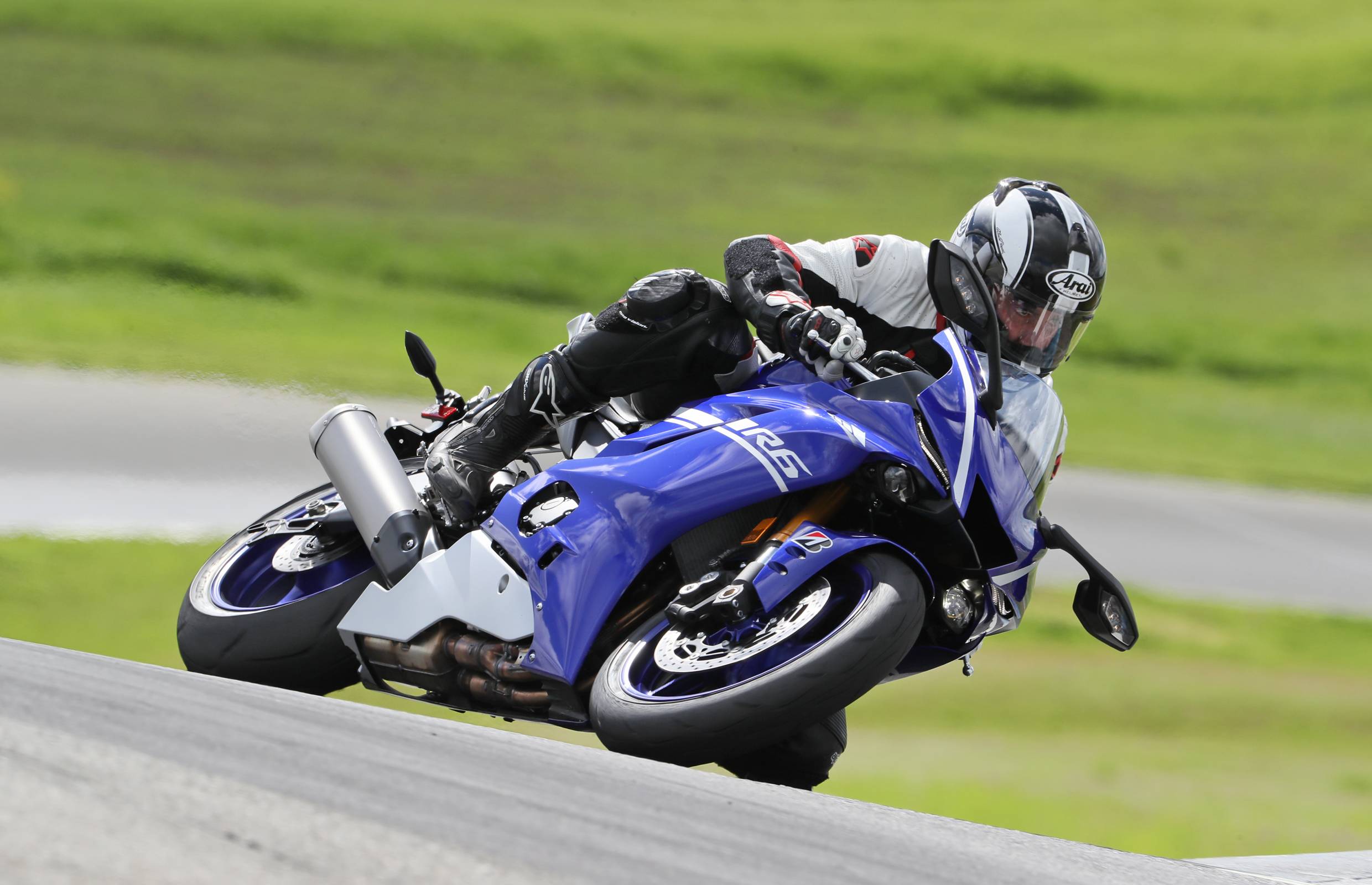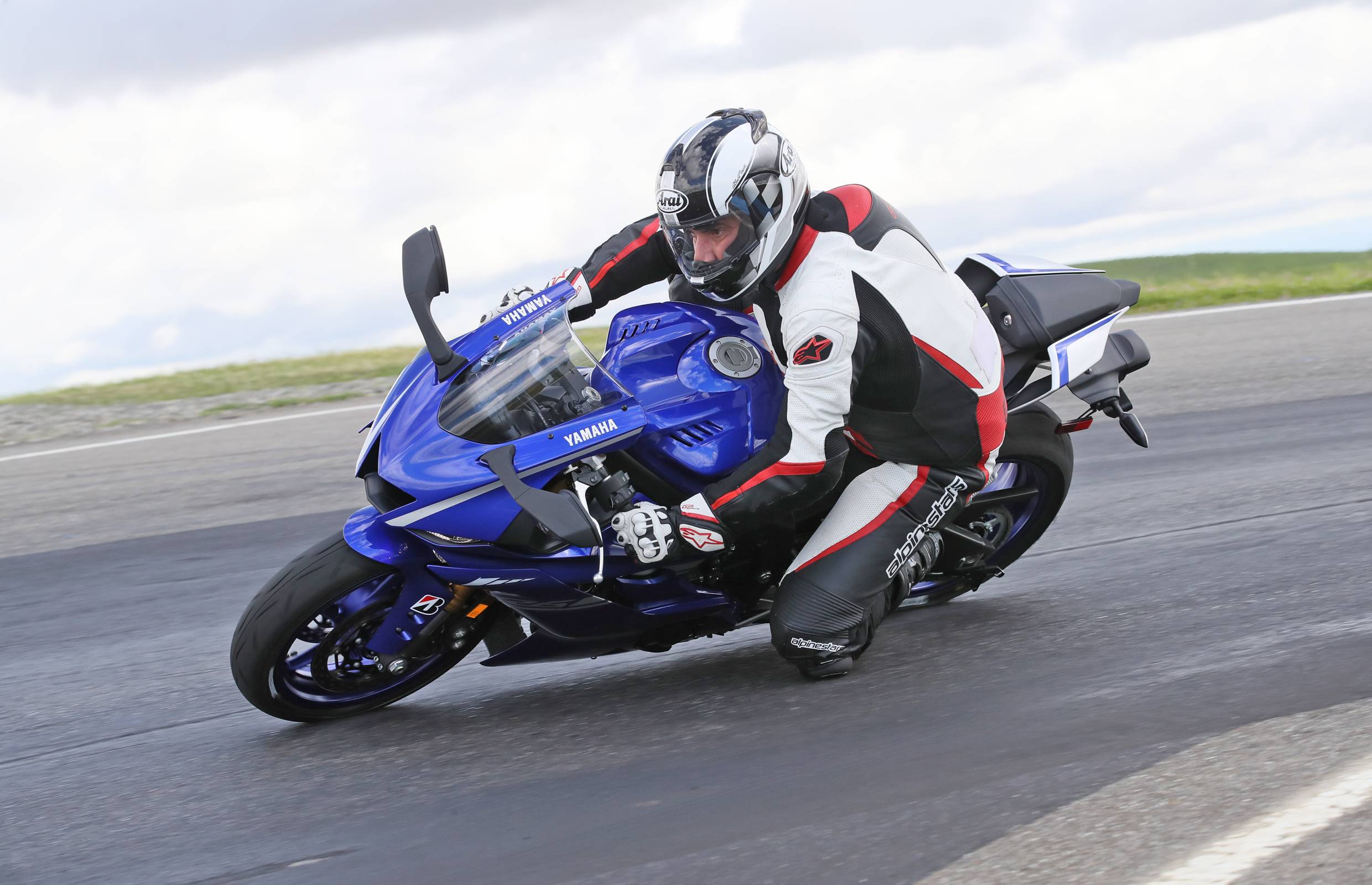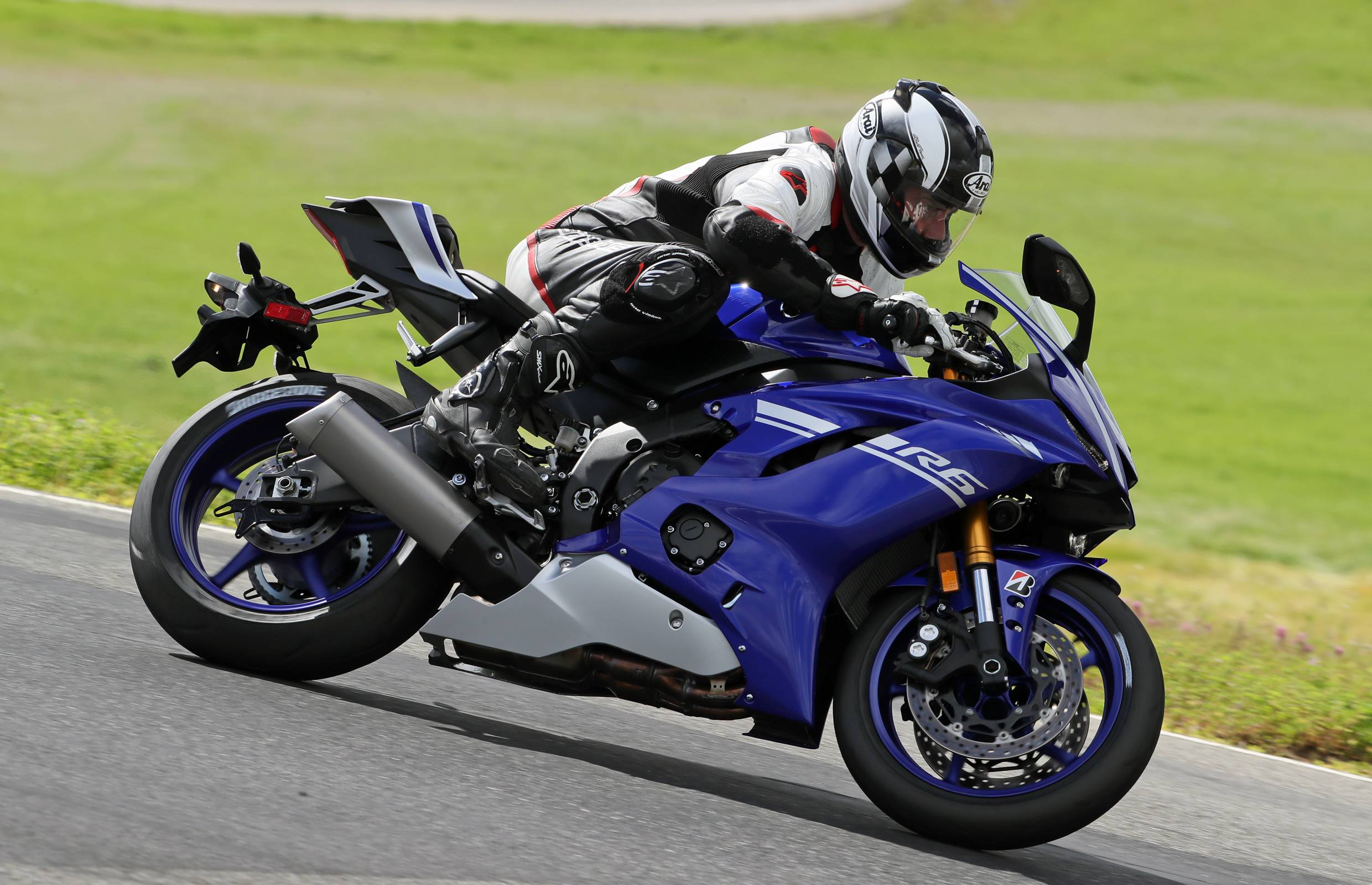
Less than a decade ago, 600-cc supersport motorcycles were the pinnacles of high performance. So popular was the category through the early to mid-2000s that the four Japanese bike makers were redesigning their respective 600s every couple of years. And we’re not just talking “bold new graphics” – 600s were being completely made over from the ground up with new chassis and engines.
This frenetic pace in development was partially driven by the popularity of the 600 Supersport class, as 600-cc machines filled race grids across North America. Though the cost of this rapid development must have been staggering, strong sales worldwide made the expense worthwhile.
Then the economy tanked in 2008, sapping the disposable income of the largest segment of 600-cc supersport buyers: 20-something males. Sales took a nosedive almost overnight. Yamaha, for instance, had sold about 110,000 YZF-R6s in the U.S. – its largest market – in the first nine years of production, and only another 40,000 units in the nine years following the market crash. Race grids subsequently dried up, and motorcycle manufacturers rolled back on 600-class development. To give you an idea of just how much they rolled back, the YZF-R6 had seen three major updates in the eight years following its introduction in 1999, but it has been 11 years since that third-generation model rolled off the factory floor. Nonetheless, Yamaha felt it was time to refresh the R6 for 2017.

Although this fourth-generation YZF-R6 looks very different from the previous model, it is actually an evolution of the model it replaces, utilizing the same 599-cc inline-four and aluminum deltabox frame. Everything else, however, is new, and we’re at Thunderhill Raceway in California to ride it.
Styling now mimics the YZF-R1, which itself mimics Yamaha’s YZR-M1 MotoGP bike. The new bodywork is more efficient aerodynamically, with improved wind protection for the rider. Tucked underneath the fairing’s nose are LED headlights, and in the redesigned tailpiece is an LED taillight. The fuel tank is now made from aluminum and is 1.2 kg lighter, and it is reshaped at the rear for a more comfortable fit. The seat is also flatter and has less of a forward slant so there’s less of a tendency to slide forward into the tank.
The big improvement within the powerplant comes with the addition of adjustable traction control and selectable ride modes. Though the traction control is not lean-sensing, it has six levels of intervention and can be turned off, while three ride modes (A, STD, B) provide progressively softer throttle mapping. For the first time since its introduction, the R6 gets ABS, though it’s not adjustable and can’t be turned off. The bike is prewired for an accessory Yamaha quick shifter ($290) that works only when shifting up.
Suspension is new, with a larger-diameter 43-mm inverted fork (previously 41 mm) that now has all the adjustments located conveniently at the top of the fork tubes. Brakes are lifted straight from the R1.
It has been three years since I last rode a 600-cc supersport machine on a racetrack, and I had forgotten that riding one requires a different kind of concentration than an open-class bike; your left foot is much busier at the shifter to help keep the engine in the strongest part of its powerband, which on the R6 is above 12,000 rpm.

2017 Yamaha YZF-R6
Our hosts had the foresight to provide a 2016 R6 for a direct comparison, and riding it emphasizes the 2017 model’s improvements. While the engines feel very similar between the two bikes, the biggest difference is in the steering, which is more precise on the new bike, allowing a more consistent line through turns. Brake feel has also improved greatly, with a more progressive lever feel providing more accurate feedback. And the ABS works flawlessly, remaining completely invisible even when hard on the brakes for Thunderhill’s tighter turns.
Even the new bodywork is noticeable from the seat, as it provides a smoother, turbulence-free airflow over my helmet, which on the previous model bobbled about behind the windscreen when tucked in on the faster straights.
The fact remains that 600s have seen their heyday, and it’s doubtful that the other Japanese bike makers will follow Yamaha and refresh their middleweight supersports anytime soon. In fact, Honda no longer offers the CBR600RR in Europe, and Suzuki is rumoured to stop producing the GSX-R600 when the next-generation GSX-R750 is introduced; the two were usually developed simultaneously.
Yamaha has nonetheless produced a new YZF-R6, though the improvements have driven up the price. While it was the least expensive 600 supersport last year at $11,999 ($13,799 for the CBR600RR, $13,399 for the ZX-6R, and $12,299 for the GSX-R600), the 2017 model now costs $13,999, making it the most expensive 600. However, with its comprehensive electronics package it is also the most advanced, and for a rider looking for the ultimate track bike that is more manageable than an open-classer and considerably less expensive, it’s currently the best choice out there.
[“Source-ndtv”]
